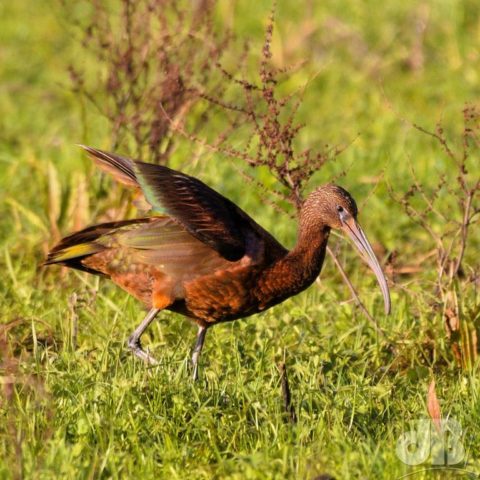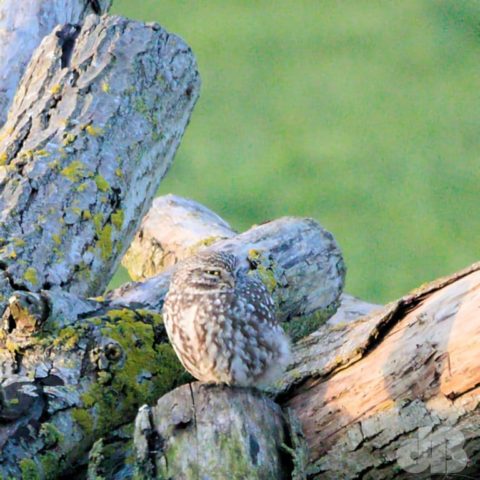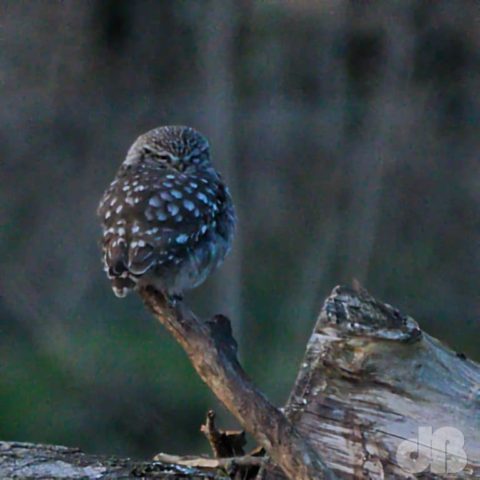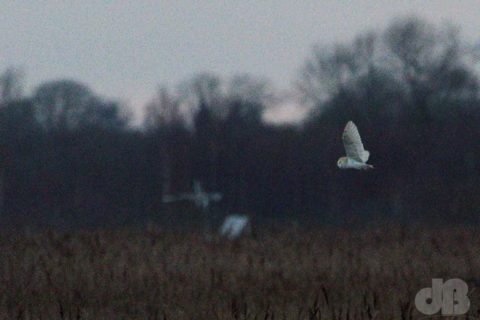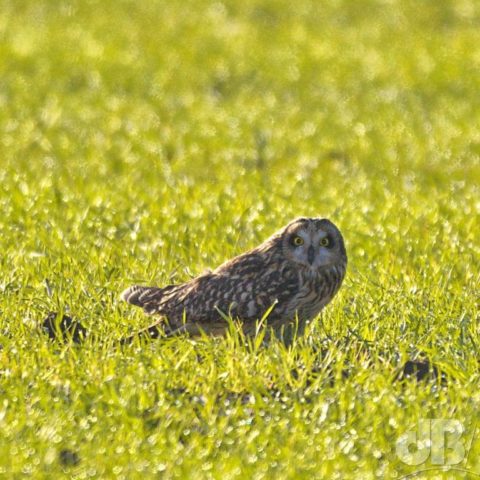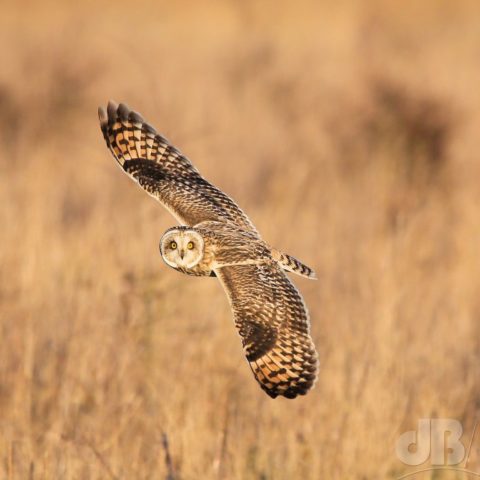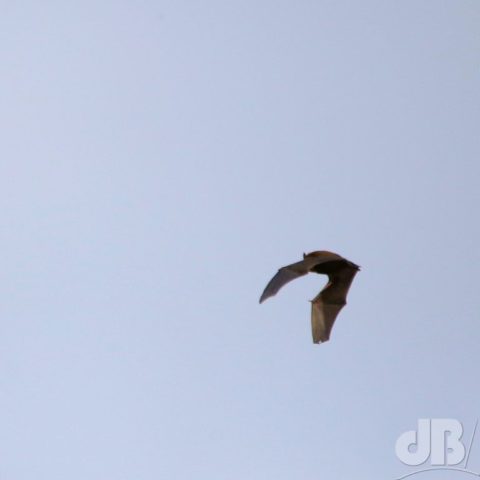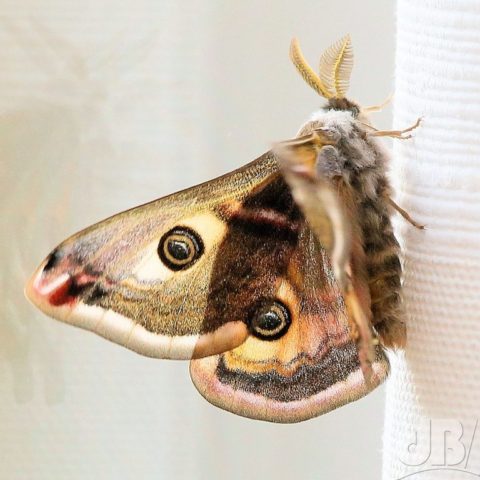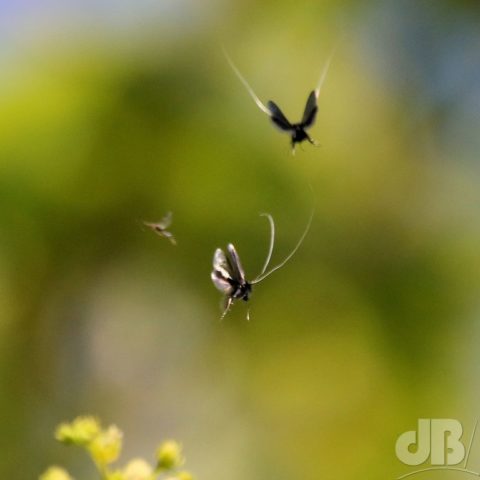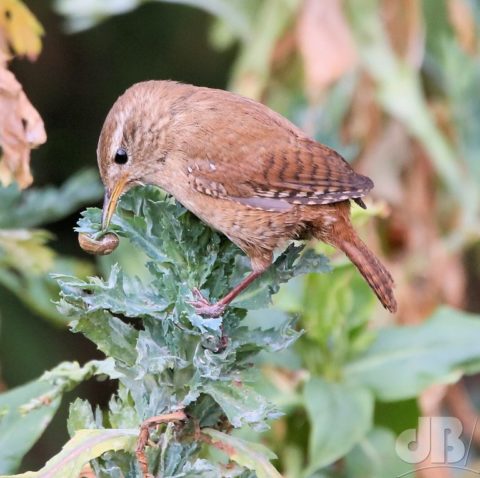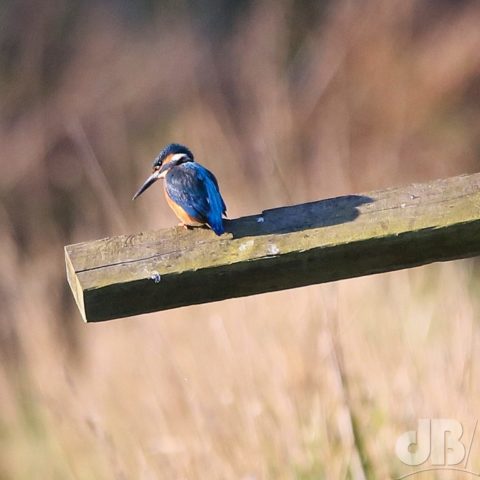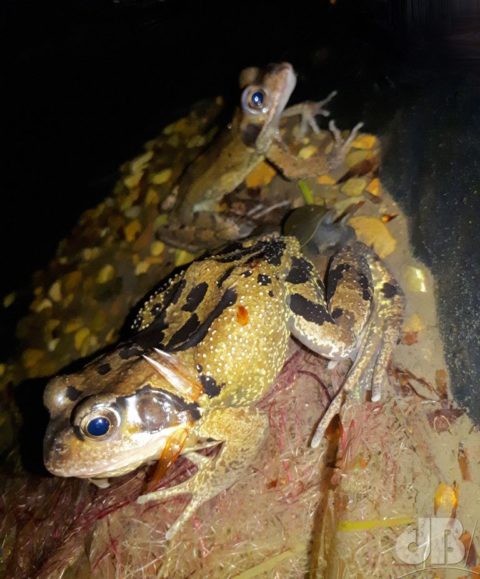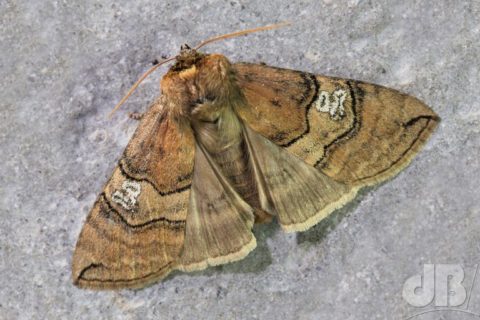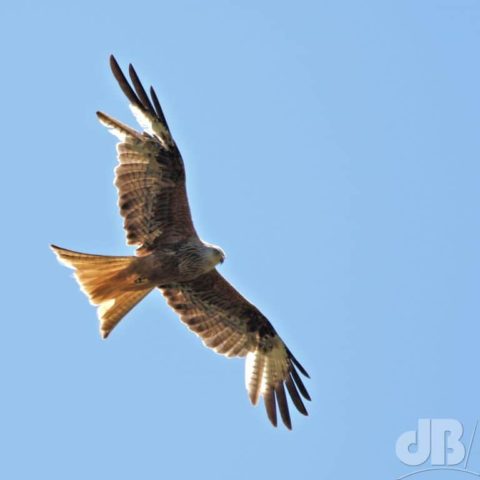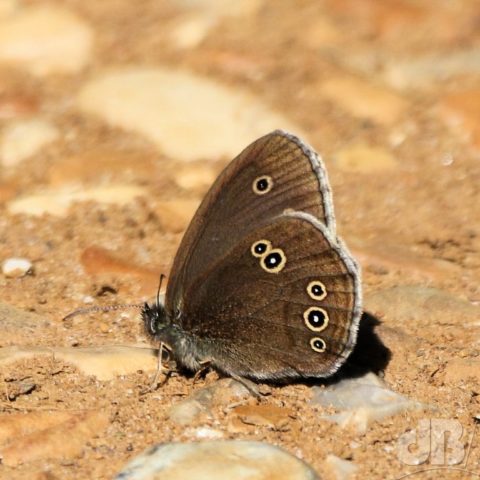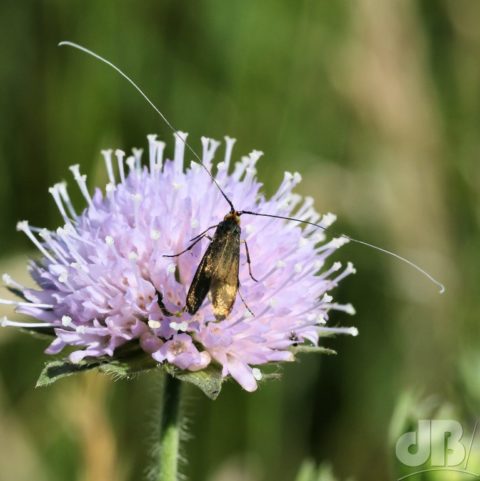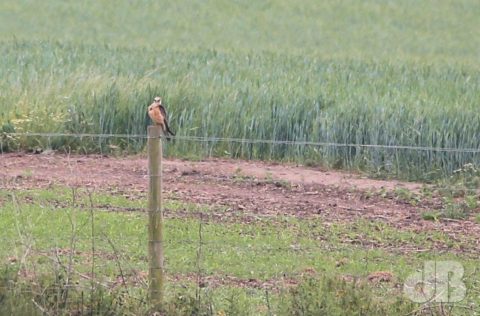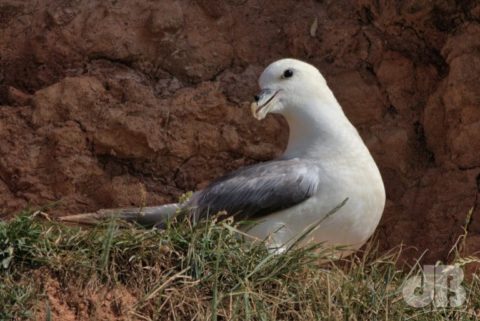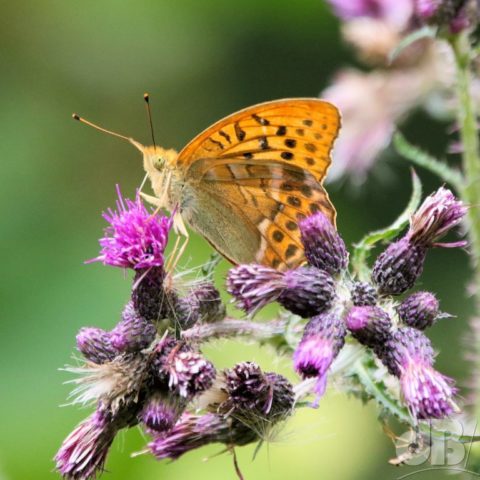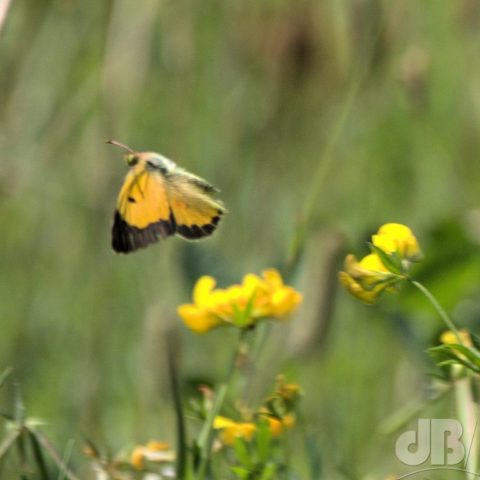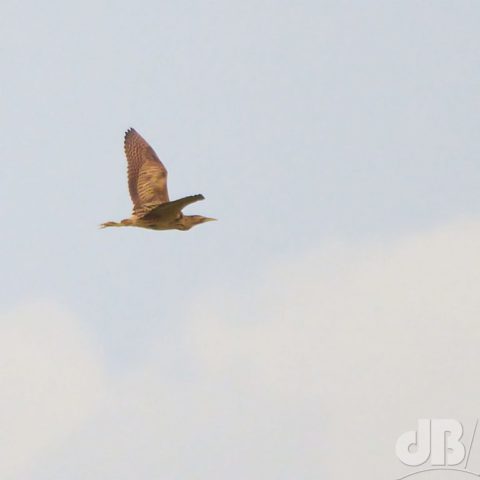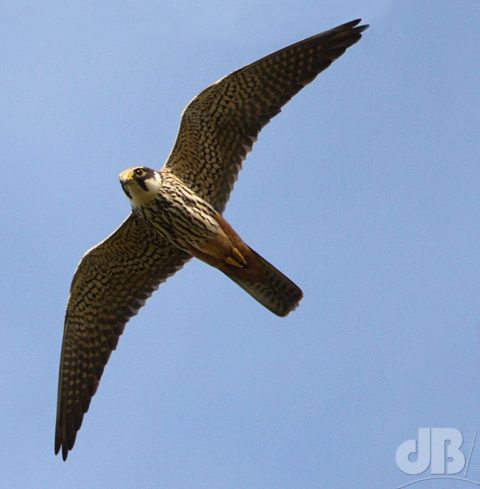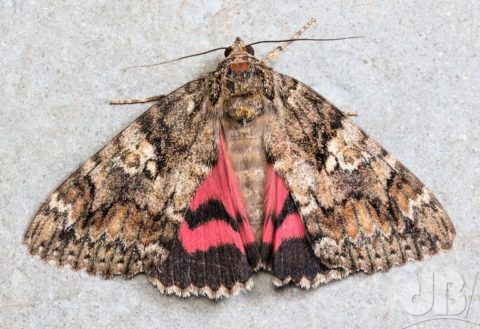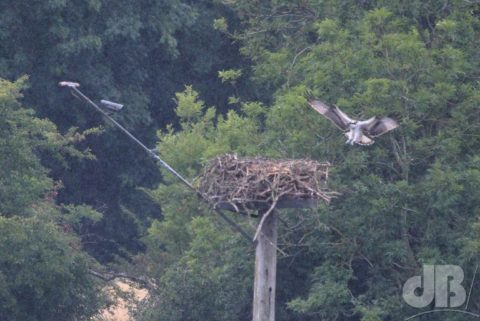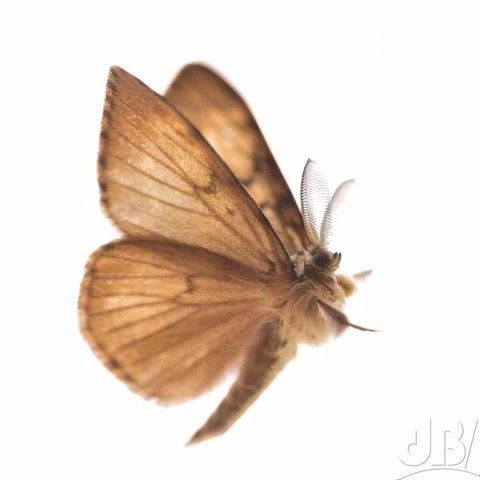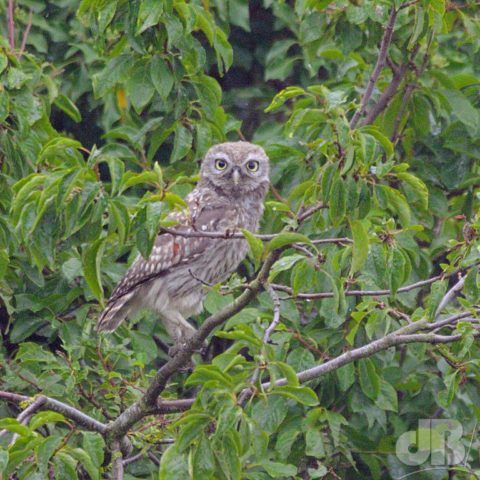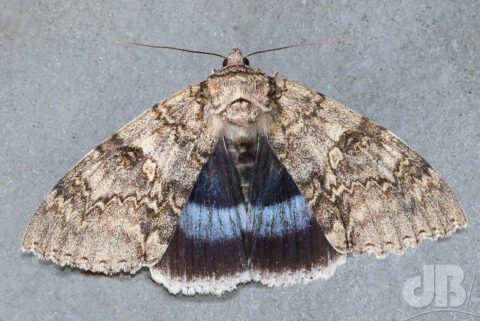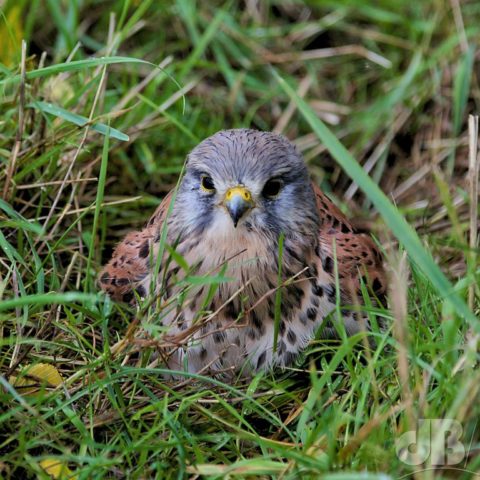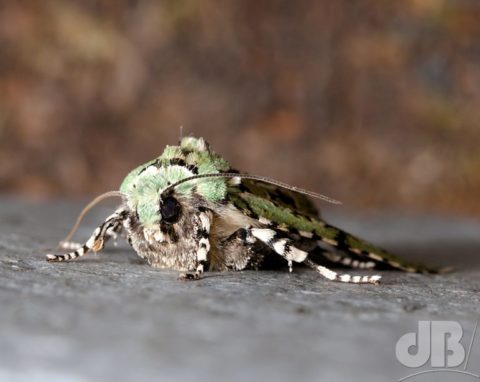I posted a fairly simple challenge on Facebook at the weekend:
Make a movie mundane by subtly altering one word in the title. I'll start..."Radiators of the Lost Ark"
I expected a few friends to join in with the fun and for it to fizzle out quite quickly…I watched the first few entries dribble in and then went off and did something completely different. When I came back to Facebook a few hours later there were more than 500 comments, it quickly got to 600 and I added a few more of my own. It’s still going on, at the time of writing 745 comments, which is almost viral for one of my posts. I’d estimate that well over 700 of those are MundaneMovies several been parodied several times and handful have been duplicated, but all in lots and lots of originals.
UPDATE: November 2021, it peaked at well over 800 comments.
I especially liked Dial M for Merthyr, Marmite on the Orient Express, Last Mango in Paris, The Beer Hunter, Aye Claudius (and the sequel set in the North East, Why Aye Claudius), Dainty Dancing and Dirty Prancing, The Lady Varnishes, Chinchillas in the Mist (one of mine of which I was the proudest).
I’m already hearing from some contributors checking into rehab and therapy to try and shake off the urge to post yet more…it could go on for months…or at least until the end of lockdown 3…which could, admittedly, be months.
My good friend, jazz pianist extraordinaire and metrics expert, Hugh Tonks founder of Thymometrics, kindly copy and past the titles from the Facebook thread, ditching a few that didn’t fit the challenge criterion at all. So, here’s the list as it stands:
1 Dalmation
101 Damnations
101 Dull matrons
12 Donkeys
12 Slightly annoyed men
12 Years a Dave
1919
1983
2 Leagues under the sea
20,000 Leagues under the bath-water
2001 – A Spam Odyssey
2002 – A Spare Odyssey
24 Minute Party People
A Bag of Chips Now
A bridge really close by
A Chocolate Orange (2x)
A few decent geezers
A few good pens
A fist full of dog ends
A Night at the Oprah
A rebel without a motorbike
Aldi President’s Men
Alice in not very interesting land
Alice in Sunderland
All The President’s Deserters
American Werewolf in Poundland
Angel Hearth
Animal Fart
Apocalypse in the Past
Apocalypse later
Appointment with Darth
Austin Flowers
Aye Claudius
BT
Back to the Freezer
Back to the Furniture
Back to the Futon
Bakery Wars: The Rise of Sourdough
Bald Runner
Bat shit-crazy
Bay Beauty
Beast of Eden
Beer Hunter (6x)
Ben der
Ben Err
Ben Them
Bend Hur
Bend it Like Geller
Biplane
Bladestroller
Borax
Bored of the Rings
Born to be Mild
Bra Wars
Bravefart
Breakwind at Tiffany’s
Bridge on the River Cam
Bridget Jones’s Dairy
Briefs Encounter
Briefs on Counter
Brighton Rack
Broke the Back of the Ironing Mountain
Brokeback Mound
Broom Service
Broom with a View
Brrring me the hearing aid of Alfredo Garcia
Built up area gump
Bunfight at the OK Corral
Bus Station Zebra
Cakes on a plane
Car Wars
Casino Foil
Casino Peasant
Cassadarker
Catch a Cold
Chariots of Water
Charlie and the opium factory
Charlies Angles
Cheesy Rider
Chinchillas in the Mist
Chitty Chitty Gang Bang
Chunderball
Citizen Ken
Clean dancing
Clockwork Orange
Clockwork Orangutan
Close Encounters of the Turd kind (2x)
Clothes Encounters of the Third Kind
Clothes Horse
Codzilla
Coldfinger
Contacts
Covid park
Crease
Crouching Tiger Hidden Cat Poo
Crouching tiger hidden drag queen
Cuckoo flew over the cuckoo’s nest
Cup!
Curry on Camping
Dad’s Armband
Dainty dancing
Dam butters
Dances with feral pigeons
Dances with Wombats
Dancing with Wives
Davey Crocket, King of the Mild Frontier
Daydream on Elm Street
Deaf in Venice
Deaf Poets Society
Dearth of Stalin
Death on the Pile
Death on the Tyne
Debbie does trump
Desperately Seeking Sanity
Devon’s Gate
Dial M for Merthyr
Dial M for Mother
Diamonds aren’t forever
Dick Soup
Die easy
Diet Hard
Dietary Harry.
Dirty Hankie
Dirty prancing
Dirty Rotten Scourers
Dobbie does Dallas
Don Kirk
Donnie lighto
Dove Actually
Dr. Maybe
Dr. Strangelove or: How I learnt to stop worrying and Love the Bum
Draws
Drizzle man
Dusk till midnight
Easy Briber
Edward Thimblehands
Eggs Royale
Elvis in Dagenham
Enema at the gates
Enter with Drag On
Escape to Victory Way
Escargot to Victory
Expensive willy
Exterminator
Fantastic Feasts and Where to Find Them
Fart Club
Fart club
Farto
Fatman
Ferris Buehler’s Day Job
Ferris Buehler’s Day On
Finding Memo
Finocchio
Fleshdance
Florence of Arabia
Flush Gordon
For your Pies Only
Forest Dump
Forest trump
Forest Trump
Forrest Trump
Four Lines
Four Waddings and a Funfair
Four weddings and a bar mitzvah
Friday the 14th
Fried
From Here to Enfield
From Reigate with Love
Froth on the Nile
Game- i want to play forever
Game of Crones
Gentlemen prefer ponds
Goat with the wind
Gold Fillings of 1933
Golden Arm
Gone with the regular bowel movements
Good Mowing Vietnam
Good Wall Hunting
Good Will Haunting
Greasy
Gregory’s Grill
Gregory’s Gull
Grindrella
Groan with the Wind
Ground Dog Day
Groundnut Day
Groundnut Day
Gums
Gunfight at the UK Corral
Gut Carter
Harriet’s on Fire
Harry Patter
Harry Potter and the Giblet of Fire
Harry Potter and the Half Blood Prints
Harry Potter and the Odour of the Phoenix
Harry Potter and the Pensioner of Azkaban
Home Loan
Home together
Home with everyone
Home with the Entire Family
How the Breast was Won
How the vest was won
Howard’s Blend
Indiana Jones and the last charades
Inglorious Bustards
It’s a wonderful lift
It’s a wonderful loaf.
Its a terrible life
It’s a Wonderful Knife
It’s a Wonderful Lime
It’s a wonderful lime.
Jeepers 600+
Jive and let die
John Thomas Crown Affair
Jungle magazine
Jurassic Carehome
Jurassic Parp
Jurassic Party
K3
Kind Hearts and Castanets
Kitten Park
La La Lamp
Lady Chatterley’s Liver
Lady in the Pan
Lame – I want to limp forever
Larder on the Orient Express
Last Exit to Boston
Last mango in Paris
Last Tanga in Paris
Lawrence of Suburbia
Layer Cave
Leasing Las Vegas
Legally bland
Legends of the Mall
Lidl Shop of Horrors
Life of Pasty
Life of pie
Like Actually.
Littlest Millionaire
Lock stock and two smoking burritos
Logan’s Rug
Look Back in Angers
Lord of the files
Lords of the Rims
Lost Bingo in Paris
Lost in Specsavers
Love handles and Pain and the Whole Damn Thing.
M*U*S*H
Malice in Wonderland
Mardy Poppins
Marmite on the Orient Express
Mary poppers
Mary Pops In
Mary shelleys frankunfurter
Mattresses and broom handles
Mellow submarine
Men in Pink
Midnight Cowpat
Midnight cowshed
Midnight Espresso
Midnight Tesco-Express
Minstrel on 34th Street
Mission Impossible Plague Nation
Monday Night Fever
Monsters Ink
Moulin Blanc
Moulin Rug
Mr Doubtfire
Mr Zhivago
Mrs Certainfire
Mrs Doubtfart
Muddle on the Orient Express
Murder on the 6.30 from Charing Cross
Muriel’s Weeding
Murmur on the Orient Express
My Big Fat Greek Yoghurt
My dog
My Shabby Launderette
Night at a Morrisons
Night Train to Monkseaton
Nightgown on Elm Street
Nightmare on Rooks Street
Nine and a half weeds
Not in Hull
Nowtbreak
O Brother, Where Fart Thou?
Oh What A Lovely Wart
Oklahomo!
Once upon a time in Middlesborough
One flew over a robins nest
Cullercoats harbour
One of our Draconians is missing
One shite day
Our Man in Havant
Out of Paprika
Pack Up Your Roubles
Paws
Paws.
Peaches
Petty Woman
Pilates in the Caribbean – Dead Man’s Vest
Pilates of the Caribbean
Pilots of the Caribbean
Pink street
Piss In Boots
Planes, Trains and National Express
Polite Club.
Pontoon
Prescription, Quorn of the Dessert
Pretty Worm
Princess Kong
Pulp fact
Pup Fiction
Raging Ball
Raging Bulldog
Raiders of the lost houses of parliament
Rebel without a Clause
Rebel without a Clue
Reservoir Cats
Reservoir Frogs
Rhyl with a View
Ricky
Rioters at the Gate
Rocky Horror Picture Shoe
Roman Business Trip
Rosemary’s Bauble
Salmon fishing in the sink
Salmon Fishing with a Lemon
Sandal
Saturday Night Fevertree
Saving Private Godfrey
Saving private parts
Saving Ryan’s Privates
Saving Ryan’s Parfait
Scar Trek
Schindler’s lift
Schindlers lift.
Schindler’s shopping list
Scratch 22
Seats on a plane
Sen
Sense and Insensibility
Seven Broads for Seven Brothers
Seven Years in The Wet
Shakespeare in Hove
Shallow throat
Shaun of the poorly
Shaving private Ryan
Shaving private Ryan
Shred
Shriek
Shrike
Sickly Ballroom
Sid and the argonauts
Silence of the limbs
Singing in the pain
Sinking in the Rain
Sleeping With The Enema
Slightly cold in Alex
Slow and not really agitated
Slumdog Milliner
Snacks on a Plane
Snakes on a menu
Snow white and a couple of old tin miners
Soft edge implement runner
Some Like a Hut
Some Like It Rotten
Some like it Tepid
Some Like it Tepid
Sound of Muesli.
Souper man
Spar wars
Spider dead.
Stand by somebody else
Star Jumps
Star Trek, The Search for Spam
Star Wardrobes
Star Wards
Star Warts
Steamboat Wally
Steve Davis’ Diary
Straight Outta Cornwall
Straight Outta Croydon
Submission impossible
Sunday Night, Monday Morning
Supermac
Swan Flew Over the Cuckoos Next
Tarzan of the Japes
Tax advisor
Taxi Drivel
Tents and Tentativity
Tepid Runnings
Tess of the Baskervilles
Texas toothbrush massacre
The 39 Stops
The 40 Year Old Plusnet
The 40 year old vegan
The 400 Plows
The Andromeda Stain
The Bagel Has Landed
The Balls of St Trinian’s
The Batter of Britain
The Beeching Children
The Beige Brothers
The Best Little Warehouse in Texas
The Best Ordinary Marigold Hotel
The Blair Stitch Project
The Blue Fax
The Bradley Bunch (The Movie)
The Bridge on the River Wye
The Bridge over the River Thames (2x)
The Budgies of Madison County
The Cent of a Woman
The clash of the pathetic whimps
The Colon Purple
The Cool Sea
The Covenant
The covid holiday
The Dampbusters
The day of the hamster.
The Day Of The Jackass
The Day the Hearth Stood Still
The dead poets sobriety
The devil wears primark
The Devil’s Advocaat
The Dogfather
The Door Hunter
The Draftsman’s Tax return
The Dull
The Estuary Buoys
The Exercise
The Extortonist
The fantastic 3&1/2
The Fat and the Furious
The Fifth Elephant
The Fifth Sense
The Flea
The Flirty Dozen
The Found World
The French Concoction
The Fresh Lieutenant’s Woman
The Germinator
The Girl on a Push Bike
The Girl with a Wagon Tattoo
The Gizzard of Oz
The Godmother
The good the bad and the very attractive
The good the bald and the ugly
The Good, the Bad, and the Buggy
The Goolies
The Graduate Cylinder
The Grand Budapest Motel
The Grandfather
The Great Potato
The Great St Trinian’s Tray Robbery
The Green Mime
The Greenstamps Redemption
The Gums of Navarone
The Guns of London
The Habit
The Habit: An Unexpected Journey
The Hamshank Redemption
The Harder They Comb
The Hoarse Whisperer (2x)
The Imitation Gammon
The Irritation Game
The Jingle Book (2x)
The Karate Kit
The king and nobody
The King’s Peach
The Lady and The Trump
The Lady Turns Up
The Lady Varnishes (2x)
The Lambshank Redemption
The Land that Tim forgot
The Land that Time Furloughed
The Lidl Mermaid
The Lime of Brian
The Limitation Game (2x)
The little barmaid
The little shop of cuddly things
The living alive
The Longest Dag
The longest Dave
The Longest Way
The Lost Buoys
The Lunchpack of Notre Dame
The Magnificent Severn
The magnificent six and a half
The Malteser Falcon
The man that went up a hill and came down a marshmallow
The Man Who Shot Liberty Balance
The man with the golden pun
The man with the golden thumb
The Mask
The Mediocre 7
The Middling Exotic Marigold Hotel
The Mildness of King George
The moth effect
The Mudguard
The Night Manger
The not quite so transformed
The Oddfather
The old ones
The Parent Tap
The Pelican Boxer-shorts
The Pelican Briefs
The phantom of the gala bingo
The pirates of the houses of parliament
The Pornshop
The Postgraduate
The Postman Never Rings At All
The Princess in the Fog
The Printer’s Bride
The Quiet Manatee
The Railway Chilblain
The Rocky Horror Picture Shop
The Scent of a Worm
The science of the lambs
The Seven Samovars
The Shallows
The Shiting
The Silence of the Spam
The snickers man
The snooze brothers
The Sound of Mucus
The Sound of Muzak
The sound of nothing (2x)
The spy who hated me
The Staycation
The Talentless Mr Ripley
The Texas Chainstore Massacre
The Texas seesaw massacre
The Thin Red Wine
The Toblerone Triangle
The Truman Shoe
The Turd Man
The Twilight Zoom
The umpire strikes back
The unavegened
The usual cesspits
The very dark rider
The Visible Man
The Way to the Stairs
The Wicker Chair
The Wizard of UK
The Wool of Wall Street
The World Is Enough
The Wrench Connection
There Will Be Food
There’s nothing about Mary (2x)
Things to do in Denver when you’re a Druid
Thora and Lewis
Three Billboards Outside Epping Morrisons
Three days of the pigeon
Three ironing-boards outside Ebbing, Missouri
Three Men and a Booby
Tindrella
Tinker, Tailor, Soldier, Spa
Tinker, Tailor, Soldier, SPAD
To Kid a Mockingbird
Toy Tory
Trading Plaices
Training Places
Trains, Planes and Shank’s Pony
Treasure Peninsula
True Grits
Try another day
Try Hard
Twelve Irritated Men
Umbrella (Barbarella)
V for Vienetta
Vanilla Pie
Village of the Dimmed
WD40
West Side Store
When Harry met Derek
When Harry met Salty
When Harry Smote Sally
When Sally met Burt
Where Eagles Undertake a Risk Assessment
Whisky No More!
Who Cooked Roger Rabbit?
Who farmed Roger Rabbit?
Who framed Roger Bannister
Who’s Afraid of Virginia Wade?
Wife of Pi
Willy Wonka and the Chalk Factory
Wimp Cassidy and the Sundance Kid
Wound Bill
Your Anus
Zorba the Geek
Next up, advance warning for fans of the site: Mash up two or more TV programmes to come up with a new pitch. For example, Richard Osman’s Game of Thrones
I’ll post the call for Telly Mash some time on Friday 22nd January, probably late afternoon UK time.
